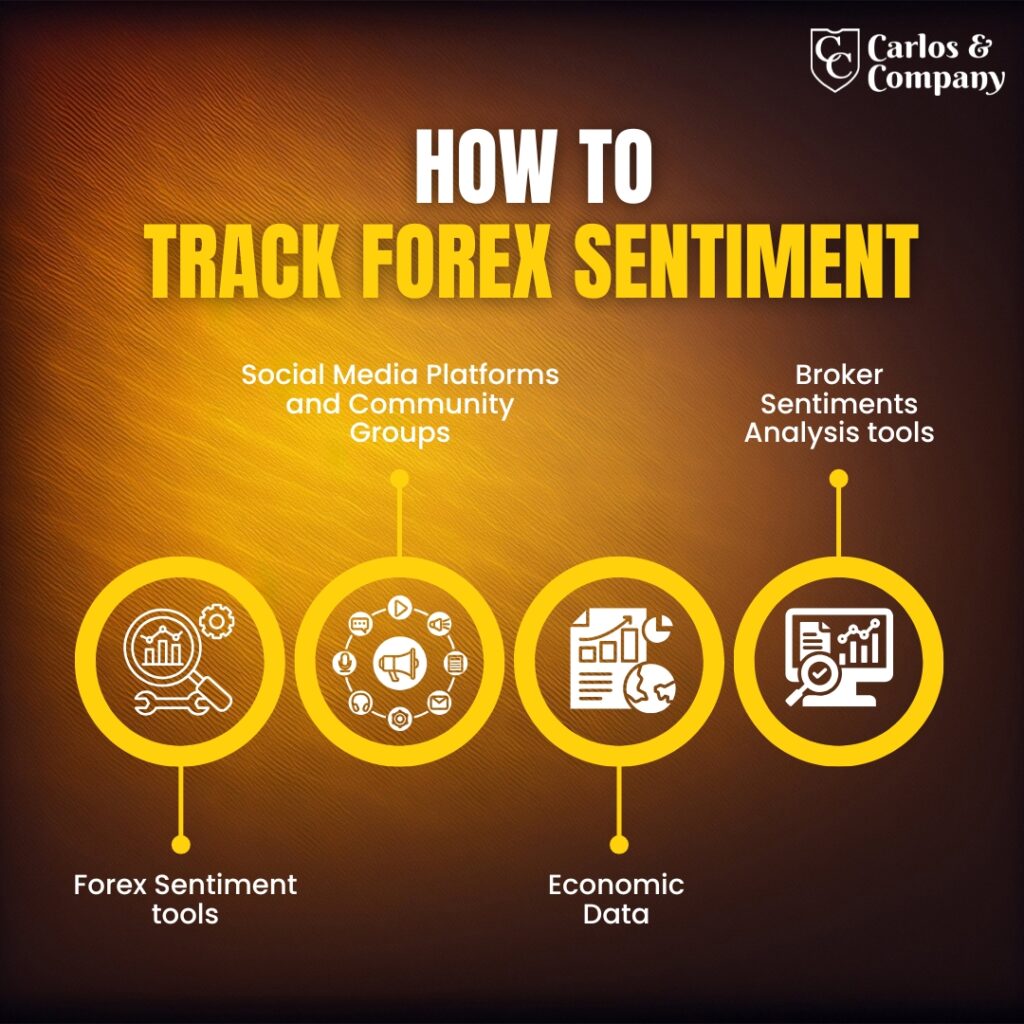Master Forex Sentiment and Identify Potential Opportunities
Forex is the market where the price of currency pairs moves due to different factors. Forex sentiment is one of the key factors that can change the entire market scenario.
Many traders even use market sentiment to identify buying and selling opportunities and make a profit. In our blog, we will learn how sentiment can work as a key trading indicator and find out the ways to track it. So, let’s get started with the meaning of sentiment.
Here's a quick look at what you'll read
Yes, forex sentiment helps traders gauge crowd behavior and potential market reversals.
A good market sentiment aligns with your trading direction and confirms trend strength.
The Commitment of Traders (COT) report is widely considered one of the best sentiment indicators.
Market sentiment can be checked using sentiment tools, COT reports, or broker positioning data.
The Bull Bear Indicator measures market optimism vs. pessimism to suggest potential trend shifts.
What is Sentiment in Trading?
Trading sentiment can be defined as the overall emotions, feelings, and perceptions of where the market will go in the future.
Simply, market sentiment refers to what the majority of people think about the asset price. A sentiment can be positive, negative or neutral.
In the forex market, sentiment acts as a key indicator to predict the rise and fall of the currency pair.

Traders can get an overview of the market with sentiment analysis that helps them make informed trading decisions.
How to use Forex Sentiment
Using forex sentiment is simple and complex, both at the same time. Here is we see how:
When trading sentiments, positive sentiments suggest a bullish move. Meanwhile, negative sentiments indicate a bearish move.
Let us take an example. Suppose that, for the XAU/USD pair, 60% of traders think that the price will rise, and 40% of traders think that the price will fall.
Now, in this case, market sentiments are in favour of a price raise. So, it indicates a potential for a continuation of a bullish trend. As a result, traders can consider opening a long position in the pair.
With the same pair example, now suppose 90% of traders think that the price will rise and 10% of traders think that the price will fall. In this case, which position would be ideal for you?
If you think bullish, you are wrong here. That’s where sentiment analysis became complex. Here, the number of bearish believers is quite low.
That means that due to the rise of bullish sentiment, traders kept buying the pair, which gave birth to overbought conditions. In this case, the chances of trend reversal are higher.
So, a trader should consider opening a short position in the XAU/USD pair, expecting a trend reversal from bullish to bearish.

How to track Forex Sentiment
You must be thinking of how to identify bullish, bearish or neutral sentiment for a currency pair. Well, it’s quite easy. You can do so by using the below resources:
Forex Sentiment tools
Numerous tools are available in the market that provide key insights into the sentiment. You just need to select the currency pairs and time frame to get sentiment data.
Also, most such tools are available for free and provide speedy results. In addition, identifying optimistic and pessimistic sentiments is relatively easy. You can even get suggestions on making informed trading decisions based on the market perception on such platforms.
Social Media Platforms and Community Groups
Social media platforms are the best to organize sentiment analysis tools. Today, every person has an account on at least two social media platforms, including traders.
Platforms such as Facebook, Twitter, Telegram, WhatsApp, and Instagram can help you analyze trading sentiments. For example, a trend such as Buy EUR/USD is going on Twitter. This suggests that bullish sentiments are going on in the market for the pair.
Similarly, you can join trading communities on social media groups. Here, you can find the perceptions and opinions of different pairs.
Economic Data
Economic data refers to the reports providing valuable insights into the county’s economy. These are helpful forex indicators, and from some data, traders can access market sentiment.
The commitment of trader reports, the volatility index, and the investor sentiment survey are top economic data that you can use to track sentiment.
Broker Sentiments Analysis tools
A forex broker is the platform where traders trade currencies online. Such platforms offer numerous resources to help forex traders.
You can even find sentiment analysis tools on your broker platform. Generally, trading brokers’ platforms have a community of traders. They organize different time frame surveys on these communities to ascertain sentiments. The survey results are available for their clients so that they can make trade decisions accordingly.
Tips for Proper Forex Sentiment Analysis
- Do not completely rely on forex sentiment to make trade decisions. Consider technical and fundamental analysis for effective analysis.
- Watch the factors that cause a change in trading sentiment. It will help you determine the market mood’s strength and time frame.
- Practice trading on the demo account for a significant period. It will assist you in identifying the effectiveness and accuracy of your Forex sentiment plans.
- Select a currency pair considering the scale of impact the market opinion makes on the pair’s exchange rate. Some pairs are pretty popular amongst traders, and some are not. Thus, for some pairs, the market conditions change with the change of sentiment that gives birth to opportunity.
- Watch news, events and announcements. The majority of the time, the market sentiment changes due to the arrival of any news or occurrence event.
Conclusion
With technical and fundamental analysis, forex sentiment can also assist you in identifying trading opportunities. In the currency world, the more people believe in a particular currency, the stronger it gets and vice versa.
Undoubtedly, market sentiment analysis is crucial for forex traders. However, a trader needs to understand that a positive or negative sentiment does not always mean a bullish or bearish move.
Sometimes, the change is just caused by hype or a sudden change in market conditions. And the ability to identify when the sentiment is tradeworthy and when it does not, come from knowledge.
If you are struggling with organizing sentiment analysis Carlos and Company is there for you. Our research team watch market sentiment 24/7 and provides accurate live trade alerts. Contact us to seek trading assistance.
